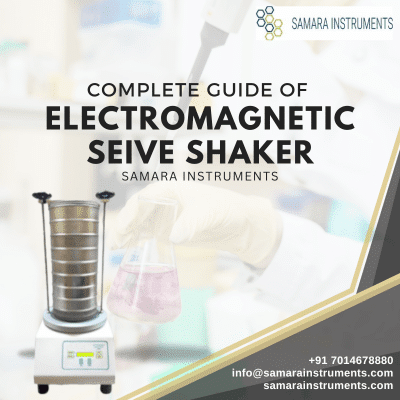In the world of scientific research and experimentation, laboratory equipment plays a pivotal role. One such indispensable tool is the electromagnetic shaker. In this article, we’ll delve deep into the world of electromagnetic shakers, shedding light on their functionality, applications, and key features, all while maintaining a professional tone and steering clear of industry jargon.
Understanding Electromagnetic Shakers
Electromagnetic shakers, also known as vibration shakers or vibratory shakers, are versatile devices used in laboratories and various industrial settings. Their primary function is to apply controlled vibrations to samples or materials placed on their platform. This controlled motion is achieved through the principle of electromagnetic induction.
Key Components
To understand how electromagnetic shakers work, let’s briefly look at their main components:
- Electromagnetic Coil: At the heart of the shaker, the coil generates a magnetic field when current passes through it.
- Platform: This is where samples or containers are placed for testing.
- Control Unit: The brain behind the operation, the control unit regulates the frequency, amplitude, and duration of vibrations.
Applications of Electromagnetic Shakers
- Research and Development Electromagnetic shakers are extensively used in R&D laboratories for various purposes, including:
- Pharmaceuticals: Testing the flow properties of powders.
- Chemistry: Mixing and dissolving solids in liquids.
- Biotechnology: Cell culturing and protein expression studies.
- Quality Control: In manufacturing industries, these shakers ensure product quality and consistency by testing the durability and reliability of products under simulated conditions.
- Environmental Testing: Electromagnetic shakers are employed to simulate environmental stress conditions on products, helping manufacturers identify weaknesses and improve product design.
Advantages of Electromagnetic Shakers
- Precision and Control: One of the key advantages of electromagnetic shakers is their ability to provide precise and controlled vibrations. Researchers can fine-tune the frequency and amplitude to match specific testing requirements.
- Non-Destructive Testing: These shakers allow for non-destructive testing, ensuring that samples or products remain intact during the evaluation process.
- Customization Options: Manufacturers often offer a range of platform sizes, materials, and accessories to meet diverse laboratory needs.
Maintaining Electromagnetic Shakers
- Regular Calibration: To ensure accurate results, it’s crucial to calibrate electromagnetic shakers regularly.
- Proper Cleaning: Clean the shaker platform and components to prevent contamination and maintain a sterile environment.
- Safety Precautions: Follow safety guidelines and wear appropriate protective gear when working with electromagnetic shakers.
Conclusion
Electromagnetic shakers are invaluable tools in the world of science and industry, offering precise control and reliability for a wide range of applications. By understanding their working principle, applications, and maintenance requirements, you can harness the full potential of these devices in your laboratory or manufacturing facility. For further information or assistance, reach out to us at SAMARA INSTRUMENTS.


